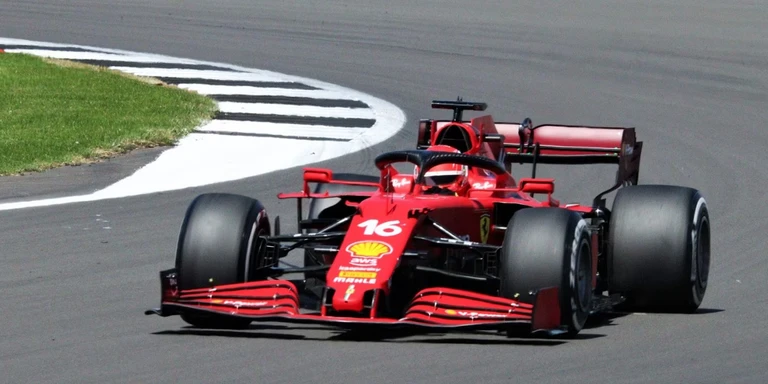Formula 1: The FIA has declared guideline changes for the F1 2023 season pointed toward decreasing, and possibly eliminating the bobbing phenomenon known as porpoising on F1 vehicles next season. Follow Formula 1 and French GP LIVE updates with InsideSport.IN
Meanwhile, in the midst of worries the porpoising issues could be more terrible one year from now and a conviction that the current year’s technical order won’t go far sufficient in combatting the issue in 2023, the FIA reported it would roll out the accompanying improvements to the guidelines for next season.
• Floor edges raised by 25mm.
• Underfloor diffuser throat being raised.
• With the establishment of more stringent lateral floor deflection tests.
• Lastly, the arrival of a more accurate sensor to help quantify the aerodynamic oscillation.
FIA proposal to control porpoising for 2023:
-25mm raising of the floor edges
-Raising of the underfloor diffuser throat
-More stringent lateral floor deflection tests
-New sensor to quantify aero oscillationAfter Zhou accident, more stringent measures on the roll hoops
— Albert Fabrega (@AlbertFabrega) July 15, 2022
Post the Azerbaijan Grand Prix in June, at which various drivers whined about uneasiness because of the unfortunate ride nature of the most recent age of F1 vehicles. Even the FIA consented to handle the bobbing issue on safety grounds.

Moreover, the issues in Azerbaijan, which were brought about by the vehicle’s floor banging into the ground, were different from the porpoising issues prior in the year, which had an aerodynamic trigger.
In the wake of the Azerbaijan Grand Prix, the FIA have announced plans to control the phenomenon of porpoising that has become a theme in the 2022 season, issuing a Technical Directive to the teams to give guidance about the measures they intend to take to tackle the issue. #F1 pic.twitter.com/OdM8wmcSUX
— Blaise Bradshaw (@bradshaw877) June 16, 2022
Both are connected with guideline changes over the winter, which were intended to further develop the racing spectacle yet in addition urge groups to run their vehicles solid and low to the ground to boost aerodynamic execution.
Willkommen in Österreich 🇦🇹🏎 pic.twitter.com/qcKB6NPwG5
— F1 Media (@F1Media) July 8, 2022
While trying to battle the two kinds of bobbing, the FIA gave a specialized mandate before the Canadian Grand Prix in June. It even settled on measurement for estimating the bouncing of the vehicles ahead of the British Grand Prix recently.
Meanwhile, FIA additionally said it would augment redirection tests around the front of the floor to ban adaptable components on the floor. Those actions were at first set to be presented at the French Grand Prix this month. However, they have now been postponed to the Belgian Grand Prix in August.
The new principles are subject to approval by the World Motor Sport Council. They are supposed to be supported so that groups can factor them into their 2023 plans.
Editor's Pick
 Cricket
IND vs AUS 1st Test, Day 3 Live: Jaiswal smashes 150, Kohli now in focus
Cricket
IND vs AUS 1st Test, Day 3 Live: Jaiswal smashes 150, Kohli now in focus


















































